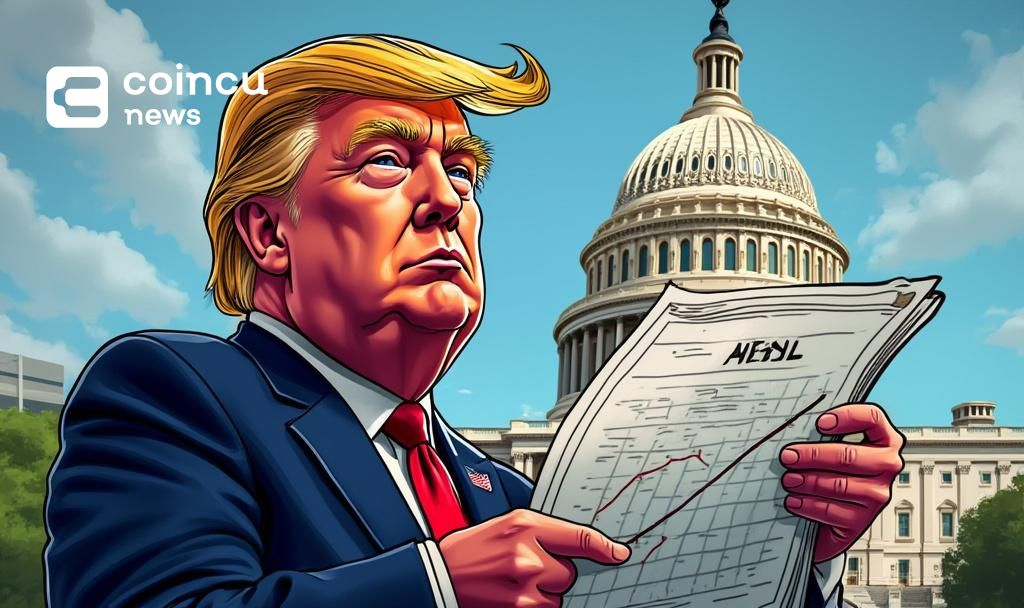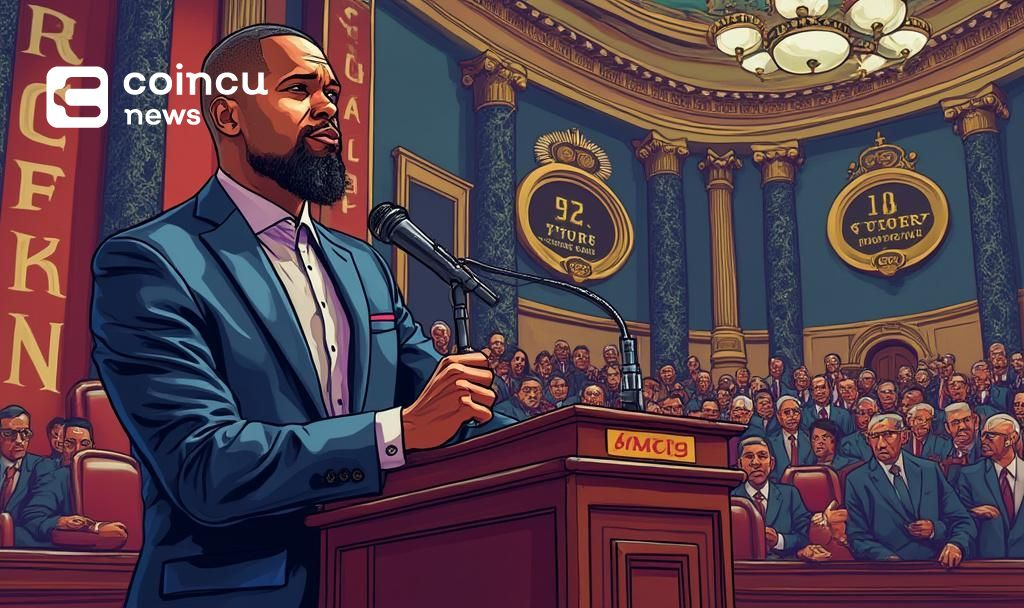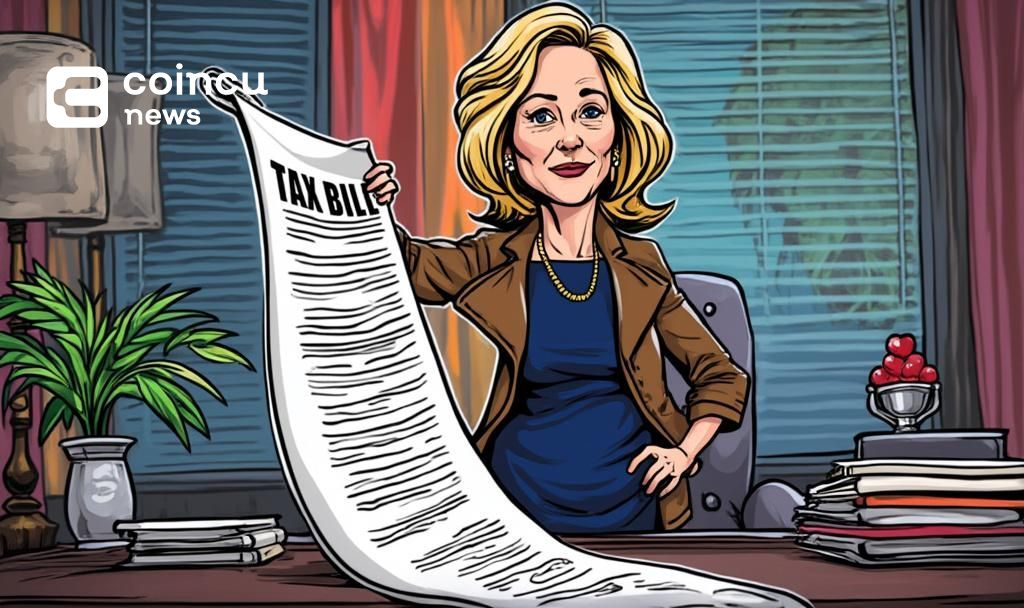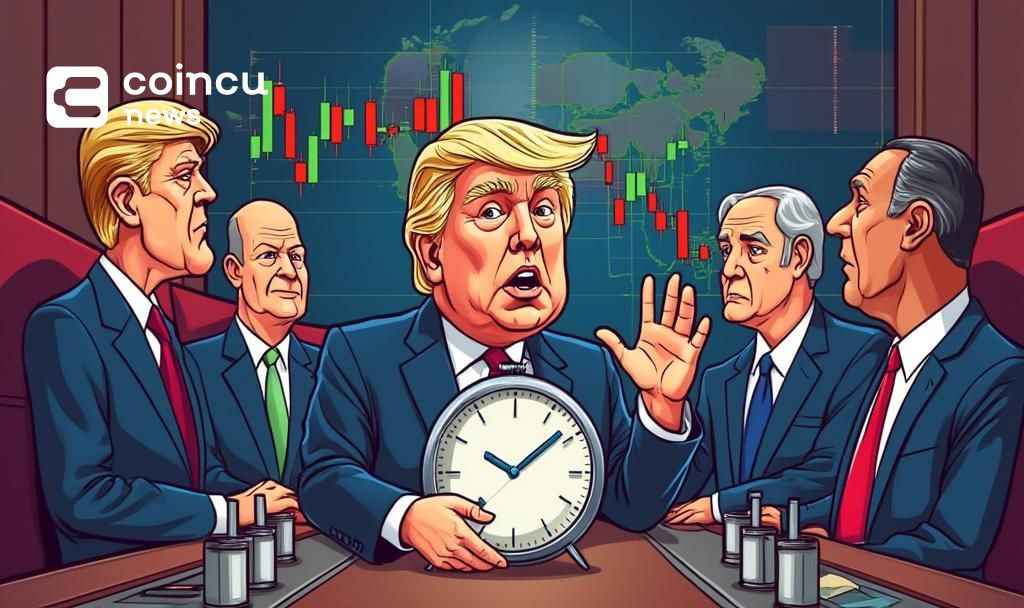$109577.453
At CoinCu News, we give both basic and in-depth articles on the latest news in the cryptocurrency and blockchain sectors.
John Kojo Kumi is a cryptocurrency researcher and writer specializing in emerging startups, tokenomics, and market dynamics within the blockchain ecosystem. With years of experience in crypto journalism and blockchain research, he provides in-depth coverage of decentralized finance (DeFi), NFTs, and Web3 innovations.
He holds a Bachelor of Arts in Geography and Rural Development from Kwame Nkrumah University of Science and Technology, Kumasi, bringing a multidisciplinary perspective to the evolving digital asset space. As a Crypto News Writer, he tracks and reports on industry trends, while his role as a Registrar at the Commission on Human Rights and Administrative Justice reflects his commitment to governance and transparency.
His expertise spans content strategy, SEO optimization, and technical research, enabling him to craft insightful, data-driven analyses. Passionate about blockchain’s transformative potential, he strives to equip readers with the knowledge to navigate the complexities of digital assets and decentralized technologies.
News
Binance Introduces Institutional Lending With Up to 4x Leverage
Binance unveils corporate institutional lending options offering up to 4x leverage; enhancing trading flexibility.
Jul
EU and US Aim for Tariff Accord Amid Potential Trade Tensions
The EU seeks a tariff agreement with the US by July 9, amid concerns over
Jul
U.S. House Approves Trump’s Tax and Spending Bill
U.S. House passes President Trump's tax bill with controversy over spending cuts and debt increases.
Jul
Hakeem Jeffries Delivers U.S. House’s Longest Floor Speech
Democratic leader Hakeem Jeffries sets record with the longest U.S. House speech to delay the
Jul
Binance Pay Introduces New Features for Easier Crypto Transfers
Binance Pay launches Send via Contact and On-Chain options, simplifying crypto transfers.
Jul
U.S. Senator Lummis Proposes Digital Asset Tax Reform Bill
Senator Cynthia Lummis introduces a digital asset tax bill aimed at crypto industry reforms and
Jul
Speculation Around “Beautiful Act” Signing by Trump
Uncertainty surrounds President Trump's planned "Beautiful Act" signing amidst ongoing speculation and market anticipation.
Jul
Trump Considers Extending Trade Talks Amid Tariff Uncertainty
Trump might extend trade deadline beyond July 9, impacting global tariffs and negotiations.
Jul
OpenAI Denies Robinhood Partnership; Stocks Drop
OpenAI refutes Robinhood token involvement, impacting Robinhood's stock as crypto market watches.
Jul
[tptn_list how_old="7" limit="5" title_length="0" heading="0" show_date="0" ]
[tptn_list how_old="30" limit="5" title_length="0" heading="0" show_date="0" ]






















